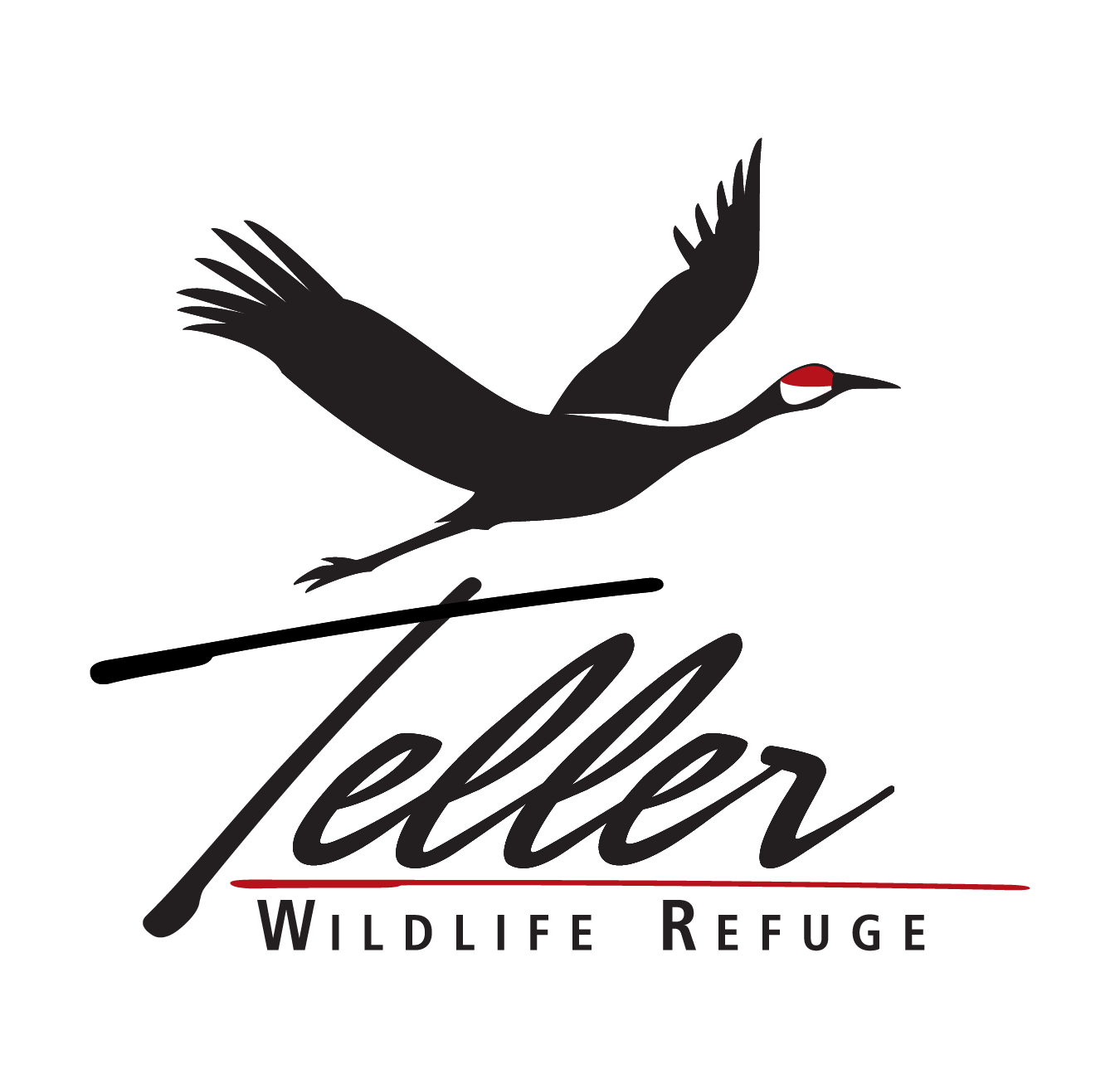
How can you protect wildlife in your backyard?
Whether you live in an apartment with no yard or a house that has a backyard, you can find wildlife living all around you. For example, when playing in a park, you have probably seen squirrels, rabbits, or birds scurrying around. If you have gone to the forest, you may have been lucky to see deer, coyotes, or maybe even a bear! The whole world is your backyard, whether it is at your house, down the street in a park, or the forests around you!
Wildlife relies on the ecosystems and habitats around them to survive. A lot of these habitats are shared with humans, often right in our own backyards. To keep these backyards healthy for us and wildlife we need to practice skills such as “leave no trace”, avoid littering, and recreate responsibly to be respectful to wildlife.
Wildlife depends on humans to keep their homes clean and safe. The places people often visit for hiking, wildlife watching, or even camping are all part of your backyard, which we often call “public lands”. Public lands are places everyone can go to have fun outside, such as the forest, but these lands are also important ecosystems for wildlife. These lands are also very important to indigenous people. If we don’t keep them clean and healthy, we will hurt wildlife and ourselves.
Luckily, everyone can do things to protect our backyards and keep them healthy for people and wildlife alike! Use the video links, vocabulary, and discussion questions to learn about ways you can protect your backyard. When you’re done, don’t forget to add an entry to your Field Journal!
Vocabulary
Habitat
The place an animal naturally lives and grows. This consists of food, water, shelter, and space.
Ecosystem
A community of interacting organisms and their environment. Living things interact with each other and also with non-living things like soil, water, and air. Ecosystems contain many living things and can be as small as your backyard or as large as the ocean. The place an animal naturally lives and grows.
Public Land
Areas of land and water that are publicly owned and can be visited by everyone. These are places you can find wildlife.
Leave No Trace
Seven rules to help you avoid hurting the places you visit such as plants, wildlife, water, and other visitors.
Recreation
Activities done outside for fun like hiking, running, camping, and swimming.
Litter
Trash left on the ground instead of in the garbage or recycling.
Respect
Act of admiring wildlife from a distance while staying out of their space.
Indigenous People
The original people of North America who use the natural resources and wildlife on public lands to survive. The wildlife and land are very important to them. They are also known as Native Americans or American Indians.
Focus Questions
What can we do to keep wildlife safe and healthy in our backyard?
How can our actions on public lands effect the environment and wildlife?
Lesson Content
Home Sweet Habitat
In this lesson learn about what a habitat looks like for wildlife and what makes it a home! Can you think of any wildlife habitats around you?
Best for grades K-5
Best for grades 5-8
Leave No Trace
In this lesson learn the 7 principles of “leave no trace” and how we can protect our backyards and wildlife! How can you use these principles when you are playing outside?
Best for grades K-8
Respecting Wildlife
In these videos learn how to live alongside wildlife and respect their space! What wildlife do you share your backyard with?
Best for grades K-8
Best for grades K-8
Best for grades K-8
Best for grades K-8
Public Lands
Learn how we are all connected through public lands in these short videos! Listen to how indigenous people use the public lands and interact with wildlife today! Remember, public lands are places like the forest and National Parks, where you can go hiking, wildlife-viewing, camping, and much more!
Best for grades K-8
Best for grades 3-8
Activities
1. Leave No Trace Hand Motions
Know the Leave No Trace Seven Principles for Kids? Using hand motions is a great way to help us remember them! Let the kids come up with a different movement for each principle after they watch the video. Add music and this will potentially lead to a Leave No Trace dance party!
2. Camp Oh No
Set up an indoor campsite with whatever supplies you have on hand. (Chairs and sheets make great tents, which we’re guessing your kids already know.) Play Camp Oh No by showing “less than Leave No Trace” behaviors, such as food in the tent, trash in the “campfire,” etc. Have the rest of the family improve the campsite to make it more Leave No Trace.
3. Safe Distance Thumb Trick
Do your kids have more stuffed animals than they know what to do with? Use them to teach kids how to respectfully watch wildlife with the thumb trick from the Respecting Wildlife videos.
4. Leave No Trace Cleanup Day
Plan a hiking cleanup event where you and others pick a trail to hike and pike up the garbage along the way! Or go to a river or lake of your choice and cleanup the garbage with your friends and then enjoy a nice swim afterwards!
Field Journal Prompts
Write a few sentences and/or draw a picture to show how much you learned!
1. What are public lands and why are they important to wildlife?
2. What ways can you protect your backyard and public lands?
3. What does leave no trace mean to you?
4. Why is it important to protect our backyards?
5. How do indigenous people use the landscape and what animals do they use?
6. How can you respect wildlife?








